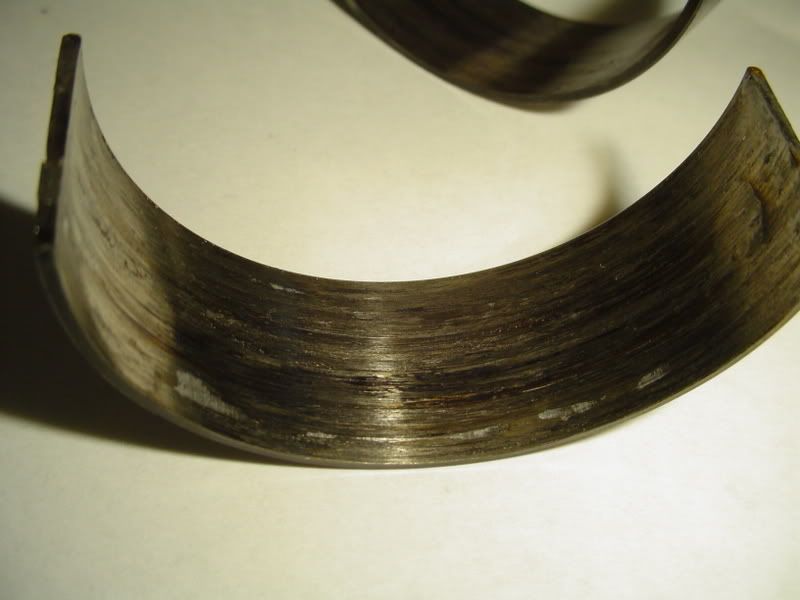Originally posted by asylummotorsports
View Post
That being said as long as oil pressure meets or exceeds by a small amount the demands of the engine there is a lot of benefit to it particularly from a fuel efficiency standpoint.
The downside is the valve components are likely to be louder, haven't heard anything on dependability pros/cons.
Found my answer, and make that 10 hp difference though this is not the article I referred to earlier;










Comment